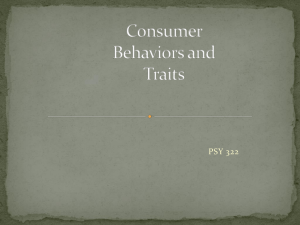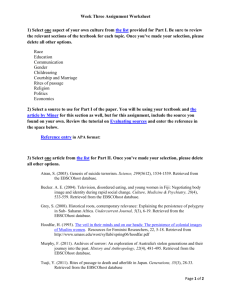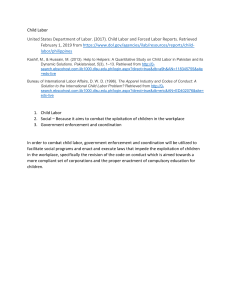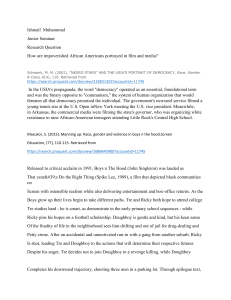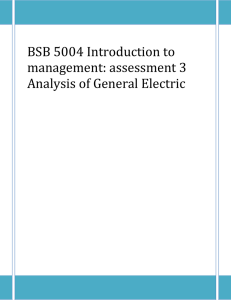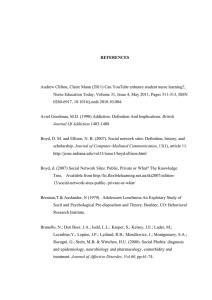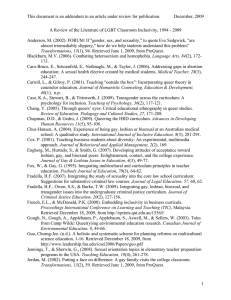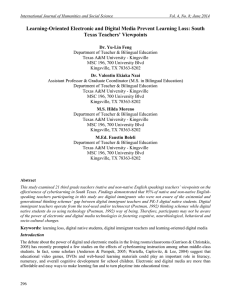Human Resources Team Report Part II The main focus of human
advertisement
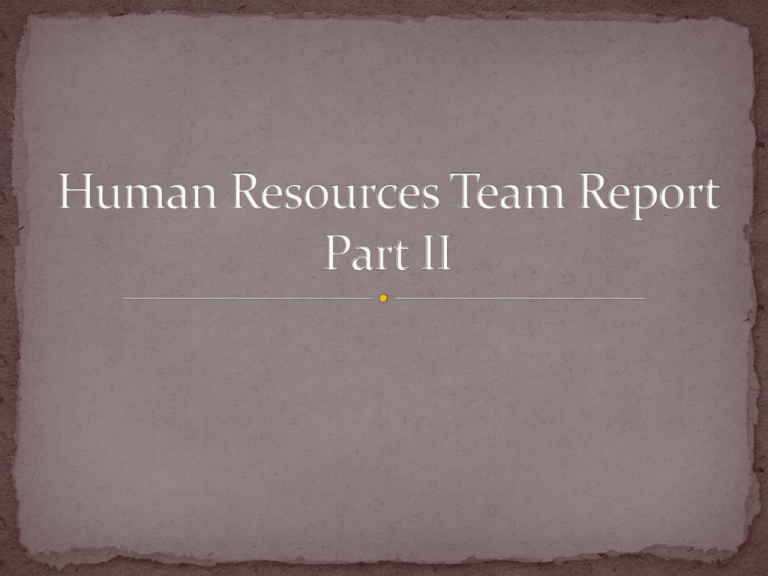
The main focus of human resources team report - discusses doing business in following terms: Cross-cultural impact over the total rewards system and related components Rationalize every component and its advantages to both company and the employee Importance of compliance with the employment laws Safety as well as security concerns in relation to international assignment Lifetime Contract Hierarchical Business Culture Working in Team Environments Effective use of Technology Compensation Merit Pay, Incentives and bonuses, and promotions Benefits Health plans, Time Offs, and Retirement plans Personal Growth - Training opportunities, Career Development, and Performance Management Security Lifetime Employment Contract Rewards Employee Motivation Sense of Entitlement Feeling secured in the Company Equal Employment Opportunity Law (Shinohara, 2007). Labor Union Act Labor Relations Adjustment Act Labor Standards Act Labor Contract Act Minimum Wages Act Compliance Regulation Impact of Unions This report focuses on some important aspects of doing business in Japan in terms of safety concerns: Cross-cultural impacts on the total rewards system and the related components Justification and benefits of each components, both to the employee and the company Importance as well as compliance with employment laws Safety as well as security issues in relation to the international assignment Minimizing terrorism risks Effects of 9/11/2001 attacks on the US Workers’ safety abroad Workers’ level of risks Similarities Cultural differences, having impact on Labor Laws. Communicaid Group Ltd.. (2011). View on cross cultural training. Retrieved from http://blog.communicaid.com Deresky, H. (2011). International management: Managing across borders and cultures: Text and cases (7th ed.). Upper Saddle, NJ: Prentice Hall. Heneman, R. L. (2007). Implementing total rewards strategies. Society for Human Resource Management Foundation. Retrieved from http://www.shrm.org/hrdisciplines/benefits/Documents/07RewardsStratReport.pdf Hoffman, M. A., & Bradford, M. (2005). Focus needed on worker safety abroad. Business Insurance, 39(12), 11. Retrieved from EBSCOhost. Lewchuk, W. (1993). Worker protection, japanese style: Occupational safety and health in the auto industry. Relations Industrielles, 48(2), 378-378-380. Retrieved from http://search.proquest.com/docview/224301673?accountid=35812 Shinohara, C. (2007). Transforming Law and Social Consciousness in Japan: Perspectives on Contemporary Issues in Family and Work. Conference Papers -- American Sociological Association, 1. Retrieved from EBSCOhost. Usuda, K., Kono, K., Ohnishi, K., Nakayama, S., Sugiura, Y., Kitamura, Y., . . . . (2011). Toxicological aspects of cadmium and occupational health activities to prevent workplace exposure in japan: A narrative review. Toxicology and Industrial Health, 27(3), 225-225-233. doi:10.1177/0748233710386404 Weathers, C., & North, S. (2009). Overtime activists take on corporate titans: Toyota, McDonald's and japan's work hour controversy. Pacific Affairs, 82(4), 615-615-636,570-572. Retrieved from http://search.proquest.com/docview/217684240?accountid=35812
